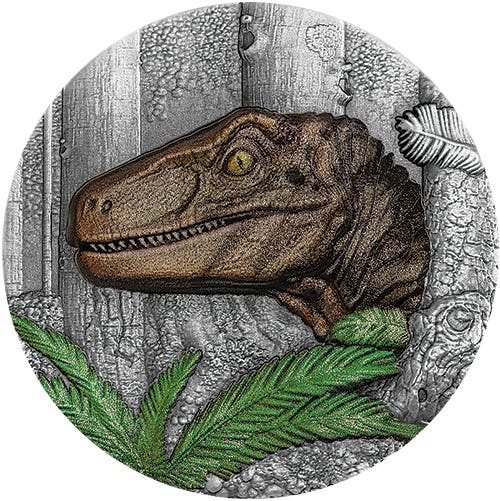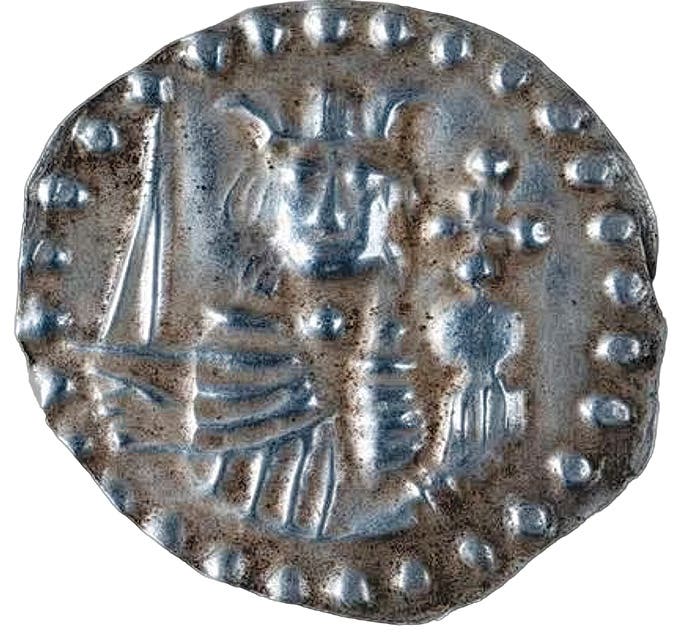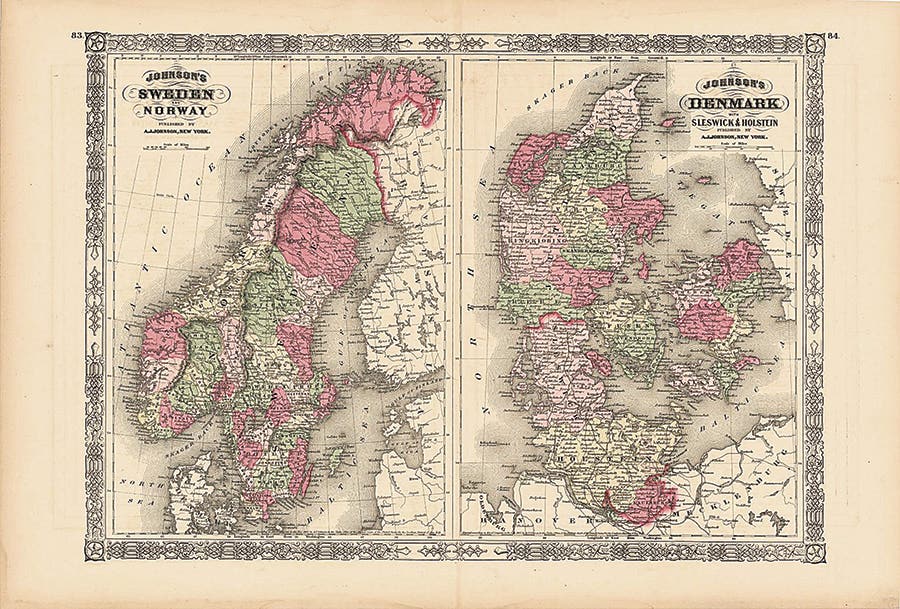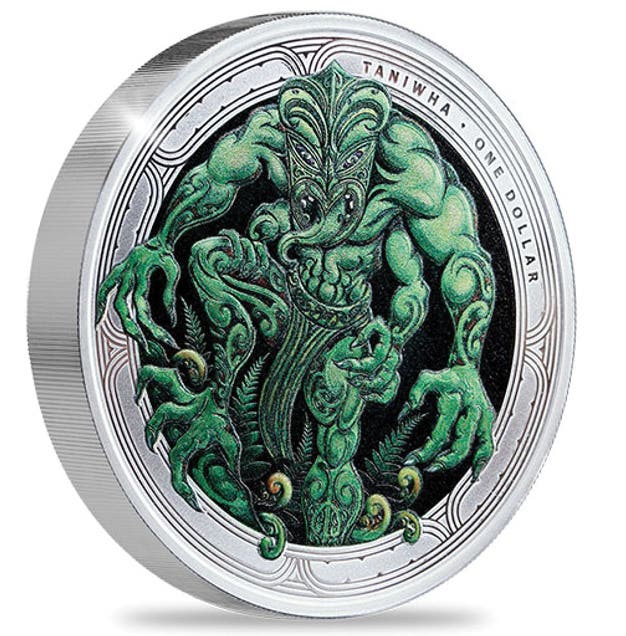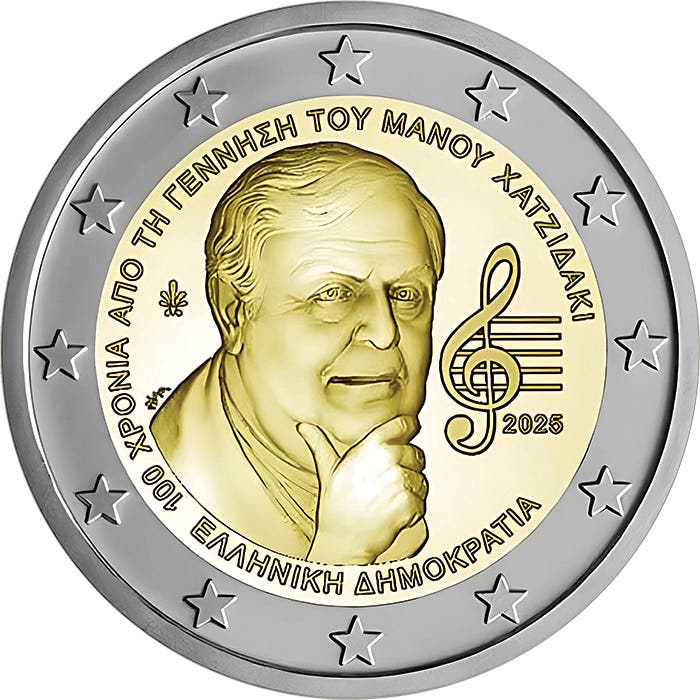Shekels of Tyre topic of lecture
By Henry T. Hettger Experts and interested parties gathered June 3 from around the world at the Library of Congress in Washington, D.C., for the Tyre Day Symposium. One of…
By Henry T. Hettger
Experts and interested parties gathered June 3 from around the world at the Library of Congress in Washington, D.C., for the Tyre Day Symposium.
One of history’s oldest cities, Tyre, Lebanon, is considered a cradle of civilization, as early as 2700 B.C.E.
Canaanite, Phoenician and Punic civilizations came and went.
“The coin lecture was delivered by Dr. Frederique Duyrat, director of Coins, Medals and Antiques at the Bibliotheque Nationale de France in Paris.
Dr. Duryat’s illustrated her lecture with the earliest coins and pieces of silver. Hacksilber or small pieces of silver were used in international trade with Tyrean royal purple dyes, renowned for color and beauty.
Wine was also another important product for sale and transport. Foreign coins of Thrace and Macedonia have been uncovered in the Tyre area.
The earliest coin discussed was Tyre’s 5th century B.C.E. silver shekel with a dolphin jumping over a wave, shell below and an owl on the reverse, curiously the same symbol as on coins of Athens.
A 4th century B.C.E. silver shekel coin depicts the god Melqarth on a winged horse described by Dr. Duryat, but in actuality a mythological creature, known as a hippocamp, as it has a tail of a fish. This design according to Dr. Duryat indicates “power on land and sea.”
The rise of Greek power under Alexander the Great proved Tyre the weaker state, although it held out for six months through a siege in 332 B.C.E., the city being razed to the ground.
According to the International Association to Save Tyre, 80 percent of the city still remains to be excavated. Who knows what treasures lay beneath the surface?
In 126 B.C.E. Tyre became an autonomous city. The famous silver tetradrachms were struck with the laureate head of Melqarth on the obverse and an eagle on the reverse. Often it is remembered as most likely used as the “Thirty Pieces of Silver” as mentioned in the Bible. Tyre is a memorable and remarkable city and the symposium brought it to life.




